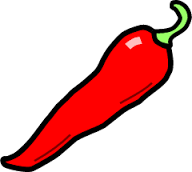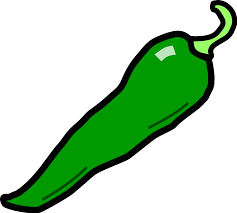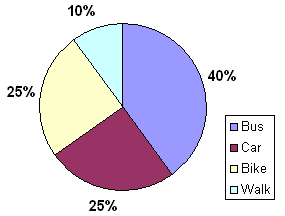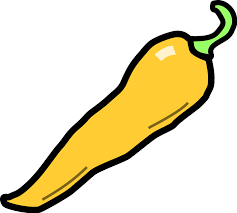This morning, you are going to work in groups to research different types of figurative language which can be used to make your writing more interesting.
We will be looking at similes, metaphors, alliteration, onomatopoeia, personification, idioms and hyperboles. You will have a short time at each station to research and create different examples of the given figurative language. You must first check your group has an understanding and then read the examples provided. You should then use the weblinks to research other examples and use these to create your own to record on the sheet. Please read the previous group’s work to check you are not repeating their ideas.
Similes
http://examples.yourdictionary.com/simile-examples-for-kids.html
http://examples.yourdictionary.com/examples-of-similes.html
Metaphors
http://examples.yourdictionary.com/metaphor-examples-for-kids.html
Personification
http://examples.yourdictionary.com/examples-of-personification-for-kids.html
Alliteration
http://examples.yourdictionary.com/alliteration-examples-for-kids.html
https://kidskonnect.com/language/alliteration-examples/
Onomatopoeia
http://examples.yourdictionary.com/examples-of-onomatopoeia-for-kids.html
https://kidskonnect.com/language/onomatopoeia-examples/
Idioms – Write the idiom and what it actually means
http://examples.yourdictionary.com/idioms-for-kids.html
http://english.idioms.in/kids/
Hyperbole
http://examples.yourdictionary.com/examples-of-hyperbole-for-kids.html





























































































































































































































































































